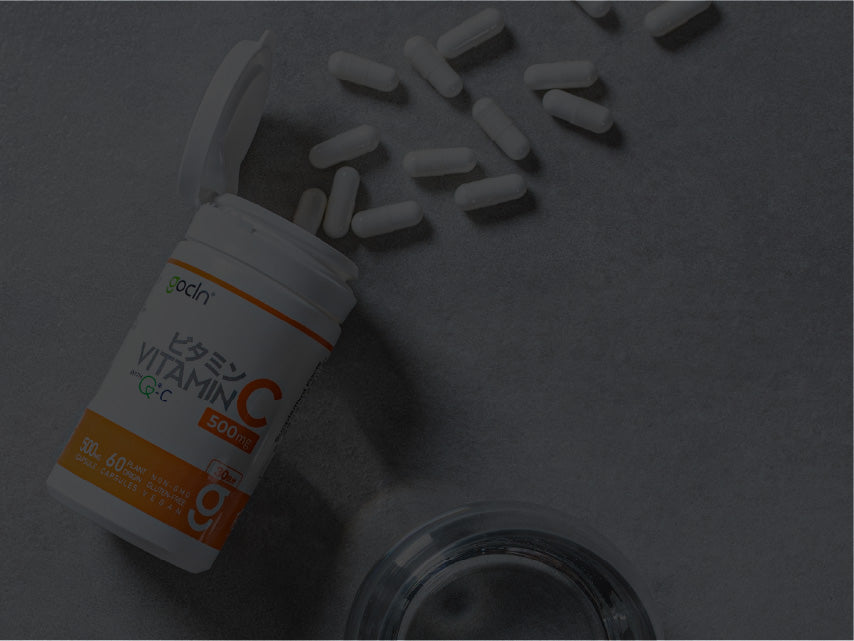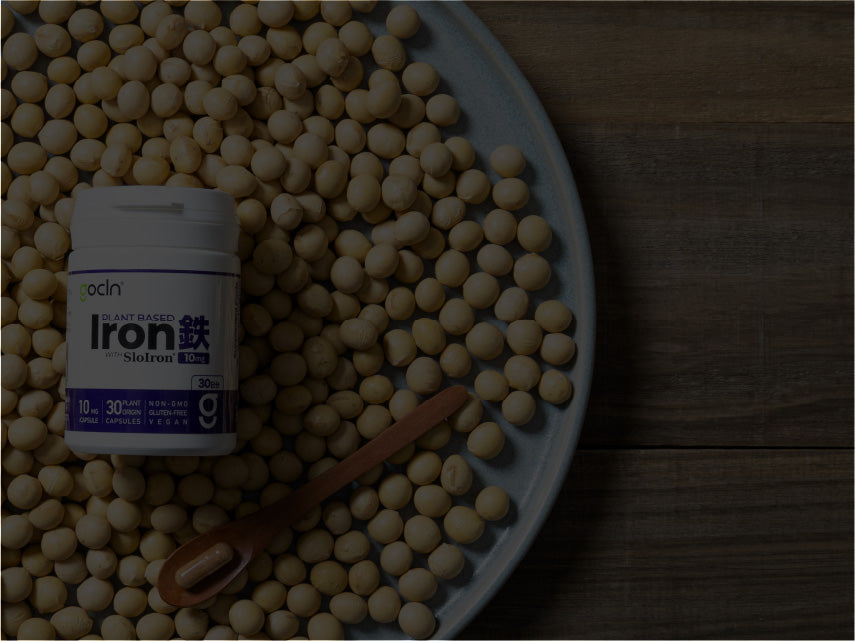High-dose vitamin C (1250 mg per day) improve anti-oxidant, anti-atherosclerotic, and anti-aging effects.
Kim SM et al. Food Funct. 2015 Nov;6(11):3604-12
Abstract
Background: Although the health effects of vitamin C are well known, its physiological effect on serum lipoproteins and microRNA still remain to be investigated, especially daily consumption of a high dosage.
Objectives: To investigate the physiological effect of vitamin C on serum lipoprotein metabolism in terms of its anti-oxidant and anti-glycation activities, and gene expression via microRNA regulation.
Methods: We analyzed blood parameters and lipoprotein parameters in young subjects (n = 46, 22 ± 2 years old) including smokers who consumed a high dose of vitamin C (1250 mg) daily for 8 weeks.
Results: Antioxidant activity of serum was enhanced with the elevation of Vit C content in plasma during 8 weeks consumption. In the LDL fraction, the apo-B48 band disappeared at 8 weeks post-consumption in all subjects. In the HDL fraction, apoA-I expression was enhanced by 20% at 8 weeks, especially in male smokers. In the lipoprotein fraction, all subjects showed significantly reduced contents of advanced glycated end products and reactive oxygen species (ROS). Triglyceride (TG) contents in each LDL and HDL fraction were significantly reduced in all groups following the Vit C consumption, suggesting that the lipoprotein was changed to be more anti-inflammatory and atherogenic properties. Phagocytosis of LDL, which was purified from each individual, into macrophages was significantly reduced at 8-weeks post-consumption of vitamin C. Anti-inflammatory and anti-senescence effects of HDL from all subjects were enhanced after the 8-weeks consumption. The expression level of microRNA 155 in HDL3 was reduced by 49% and 75% in non-smokers and smokers, respectively.
Conclusion: The daily consumption of a high dose of vitamin C for 8 weeks resulted in enhanced anti-senescence and anti-atherosclerotic effects via an improvement of lipoprotein parameters and microRNA expression through anti-oxidation and anti-glycation, especially in smokers.
Resource from https://www.ncbi.nlm.nih.gov/pubmed/26333284




